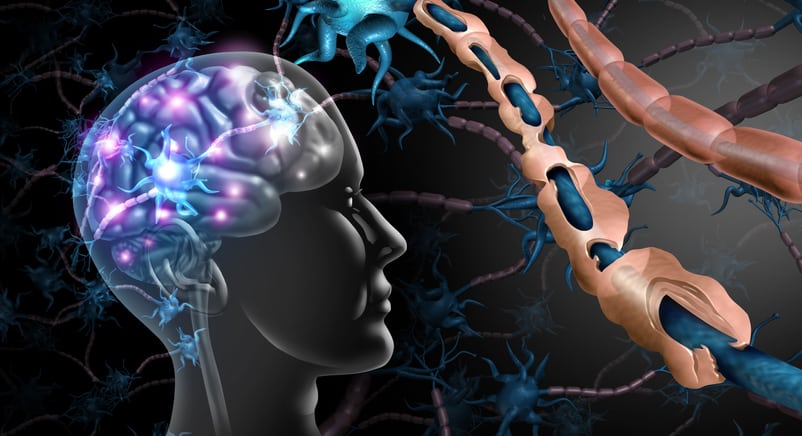Evidence is lacking regarding the efficacy of macrolides and oral corticosteroids in chronic rhinosinusitis with nasal polyps (CRSwNP) after endoscopic sinus surgery (ESS). Therefore, we examined the benefits of adding clarithromycin to oral pred- nisolone as post-ESS medical therapy in patients with CRSwNP.
In this randomised, double-blind, placebo-controlled trial, patients were enrolled and allocated to three study groups receiving different post-ESS medical therapies: group A (placebo for 14 weeks), group B (oral prednisolone [15 mg twice daily] for 2 weeks, followed by placebo for 12 weeks), and group C (oral prednisolone [15 mg twice daily] for 2 weeks, followed by clari- thromycin [500 mg daily] for 12 weeks). All enrolled patients received the perioperative care following a routine protocol, which included oral amoxicillin/clavulanate, and intranasal corticosteroid spray. The baseline and post-operative visual analogue scale (VAS) scores, Sino-nasal Outcome Test (SNOT-22) scores, and Lund-Kennedy endoscopy scores (LKES) were determined as the primary outcomes.
One hundred twenty-six patients who received ESS for bilateral CRSwNP were randomised into group A (n=43), B (n=42), or C (n=41). Compared to groups A and B, group C showed greater VAS and SNOT-22 score improvement at 12 weeks after ESS. Group C showed significantly better LKES than did groups A and B at 8, 12, and 24 weeks after ESS. On stratifying the LKES results according to the presence/absence of tissue eosinophilia, greater add-on effects of clarithromycin were observed in the patient subgroup without tissue eosinophilia.
Adding low-dose clarithromycin to oral corticosteroids as post-ESS therapy was well tolerated and showed benefi- cial subjective and objective outcomes in patients with CRSwNP, especially those without tissue eosinophilia.
Add-on effect of clarithromycin to oral steroids as post- operative therapy for chronic rhinosinusitis with nasal polyps: a randomised controlled trial.


